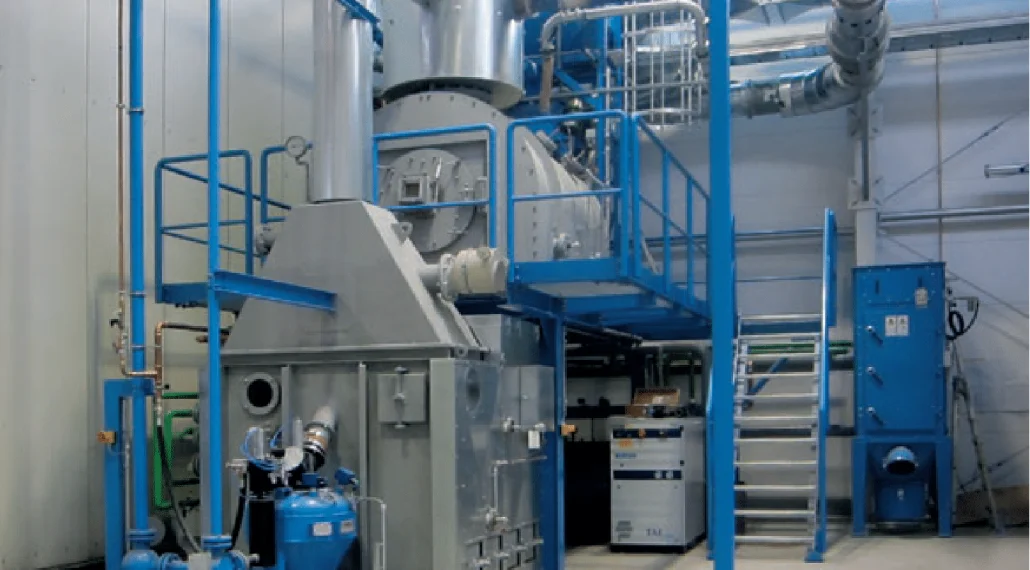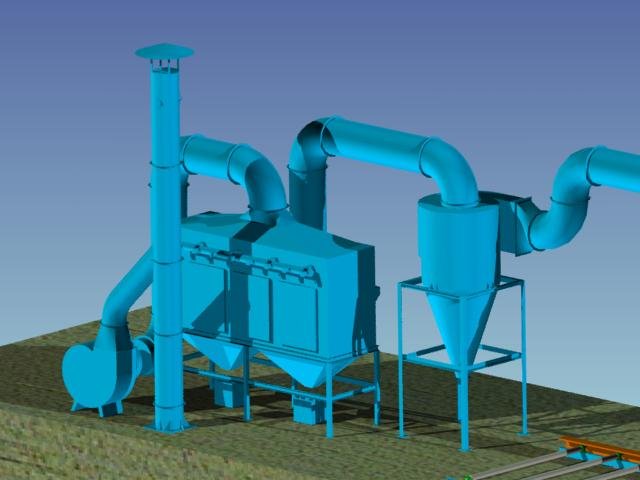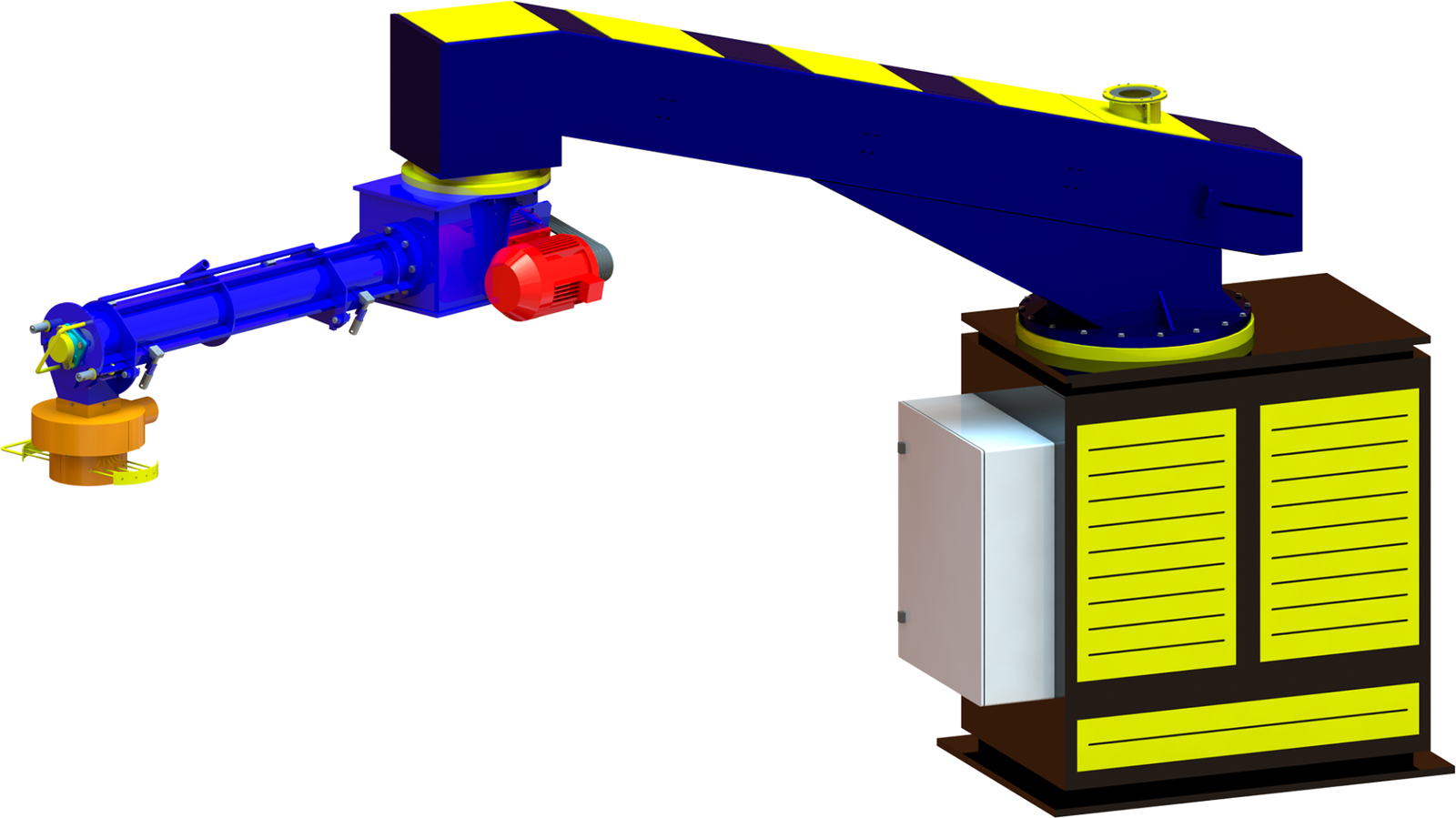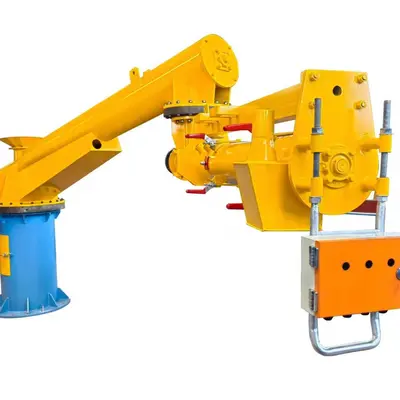
In industries like foundries and metal casting, resin sand mixers play a critical role in producing high-quality sand molds. However, balancing mixing effectiveness with power consumption is a growing challenge in modern manufacturing. With increasing emphasis on energy efficiency and sustainability, it's essential to find a mixer configuration that meets both performance and cost-efficiency goals. In this guide, we'll explore how to optimize mixing performance while reducing power consumption.
Section 1: Understanding the Importance of Mixing Effectiveness in Resin Sand Mixers
-
What is Mixing Effectiveness?
- Mixing effectiveness refers to the uniformity and consistency with which resin and sand are blended to create a homogenous mixture. This is crucial for achieving high-quality molds that have the required strength, durability, and precision for metal casting. The effectiveness of the mixing process directly affects the final product's consistency, which in turn impacts product quality and manufacturing efficiency.
-
Factors Influencing Mixing Effectiveness
- Several factors play a role in the effectiveness of mixing:
- Mixing Speed: Faster speeds can reduce mixing time but may result in inconsistent mixtures if not carefully controlled.
- Mixing Time: The amount of time the materials are mixed influences the quality and consistency of the mixture.
- Equipment Design: The design of the mixer, including blade shapes, chamber configuration, and material selection, affects how well the sand and resin are blended.
- The type of resin used (e.g., phenolic, furan, alkyd) and sand composition also play a significant role in the mixing process, as each material requires different handling conditions to achieve optimal results.
Section 2: The Role of Power Consumption in Resin Sand Mixers
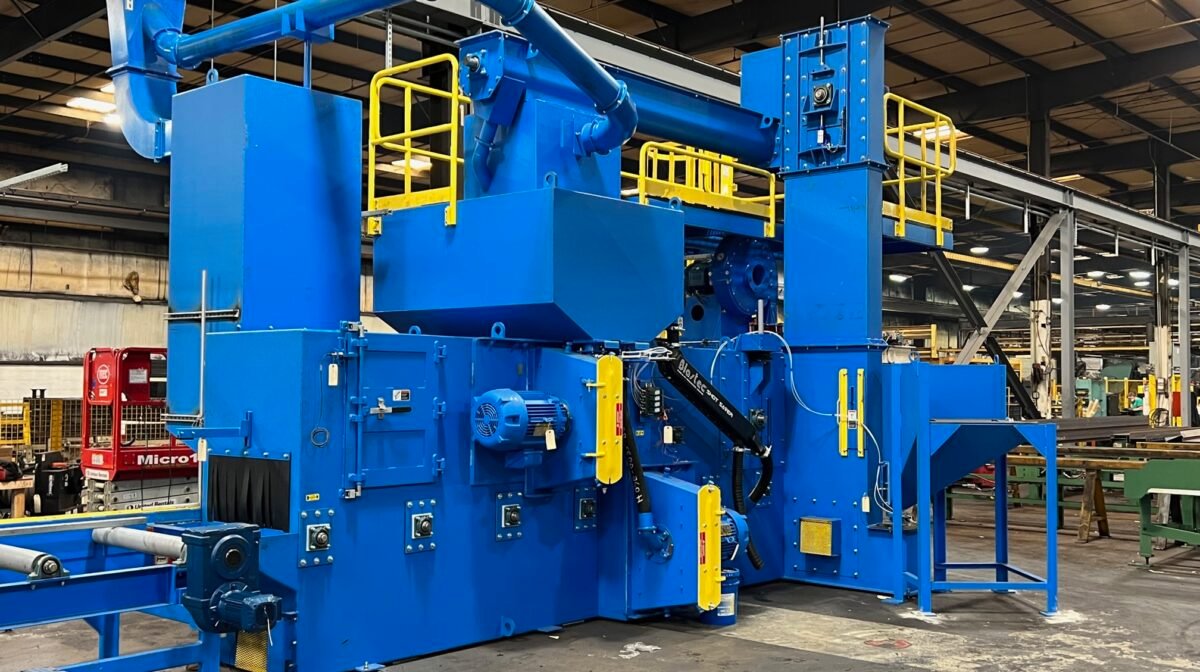
-
How Power Consumption Impacts Operations
- Power consumption has a direct impact on the overall operational costs of resin sand mixers. Energy-intensive machines can significantly increase production costs, especially when operating large-scale or high-volume production lines. It’s essential to strike a balance between power consumption and mixing effectiveness to ensure that energy usage is optimized without compromising on the quality of the mix.
-
Energy Efficiency in Mixing Machines
- Designing resin sand mixers to balance power consumption with optimal performance is critical. Incorporating energy-efficient motors, Variable Frequency Drives (VFDs), and automation systems can help achieve this balance. These technologies not only reduce energy usage but also improve the precision of the mixing process, ensuring high-quality results with minimal energy waste.
Section 3: Key Factors Influencing the Balance Between Mixing Effectiveness and Power Consumption
-
Mixer Design and Configuration
- Different mixer designs influence both mixing performance and energy efficiency:
- Batch Mixers: Suitable for smaller production runs, these mixers can be customized to optimize energy use for specific batches.
- Continuous Mixers: Ideal for high-volume production, but they require a steady energy supply to maintain consistent output.
- Intensive Mixers: Provide superior mixing for high-performance needs but may require more energy depending on the intensity of the process.
- Mixer components like the mixing chamber design, blade shapes, and materials used in the construction of the machine also impact both performance and energy consumption. Optimizing these components can improve efficiency without compromising mix quality.
-
Mixing Speed and Time
- The relationship between mixing time and energy consumption is critical. Longer mixing times may require more energy, but faster mixing speeds can lead to uneven results if not carefully controlled. Adjusting mixing speed and time based on the resin type and desired product characteristics can help achieve a better balance between power consumption and mixing effectiveness.
-
Resin-to-Sand Ratio and Material Characteristics
- The type and composition of resin and sand used directly influence the energy required for mixing. For example:
- High resin content may demand more energy to achieve uniform distribution.
- Coarser sand may require higher mixing energy to ensure proper blending with the resin.
- Customizing the resin-to-sand ratio based on material properties can help reduce energy usage while maintaining the desired mix quality.
Section 4: Strategies to Optimize Mixing Effectiveness While Reducing Power Consumption
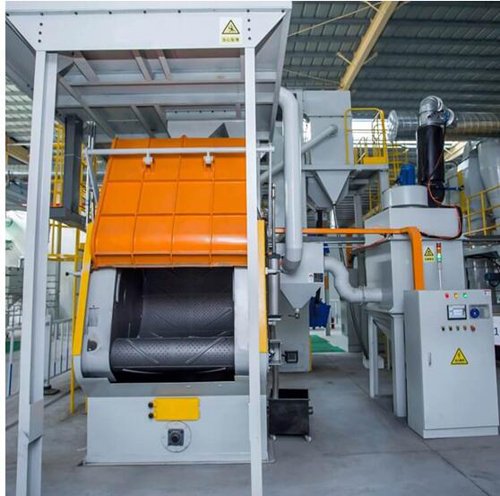
-
Selecting the Right Mixer for the Job
- Choosing the right type of resin sand mixer based on your production needs is crucial for balancing performance and energy consumption. For small batches, batch mixers may be more energy-efficient, while continuous mixers may be better for large-scale production with high-volume needs. Understanding your production requirements—such as material types, batch sizes, and desired mixing outcomes—will guide your selection process.
-
Utilizing Automation and Smart Controls
- Automation and smart control systems play a vital role in optimizing both mixing performance and power consumption. Using technologies like IoT sensors and real-time monitoring allows operators to adjust mixing parameters (e.g., speed, time, resin injection rates) to achieve better energy efficiency. Predictive analytics can also help in forecasting optimal mixing conditions, further improving power usage.
-
Optimizing Process Parameters
- Fine-tuning process parameters such as resin injection rates, mixing times, and speed is essential for reducing energy consumption without sacrificing mixing quality. Adaptive control systems can adjust parameters in real-time based on feedback, ensuring that both efficiency and mix quality are optimized during production.
Section 5: Power-Saving Technologies for Resin Sand Mixers
-
Energy-Efficient Motors and Drives
- Selecting energy-efficient motors is one of the most effective ways to reduce energy consumption. Variable Frequency Drives (VFDs) allow motors to operate at variable speeds, adjusting energy usage based on demand, and ensuring that the mixer uses only the power it needs at any given time.
-
High-Efficiency Mixing Chamber Designs
- Advanced mixing chamber designs can contribute to both improved mixing effectiveness and reduced energy consumption. Features like optimized blade shapes, multi-zone mixing, and low-resistance designs reduce the amount of energy required to achieve thorough mixing. These designs improve flow dynamics and mixing speed, which in turn lowers the energy demand.
-
Heat Recovery Systems
- Integrating heat recovery systems into resin sand mixers can help reduce overall energy demand. By capturing and reusing heat generated during the mixing process, these systems contribute to energy savings and promote sustainability, aligning with environmental goals.
Section 6: Measuring Mixing Effectiveness and Power Consumption
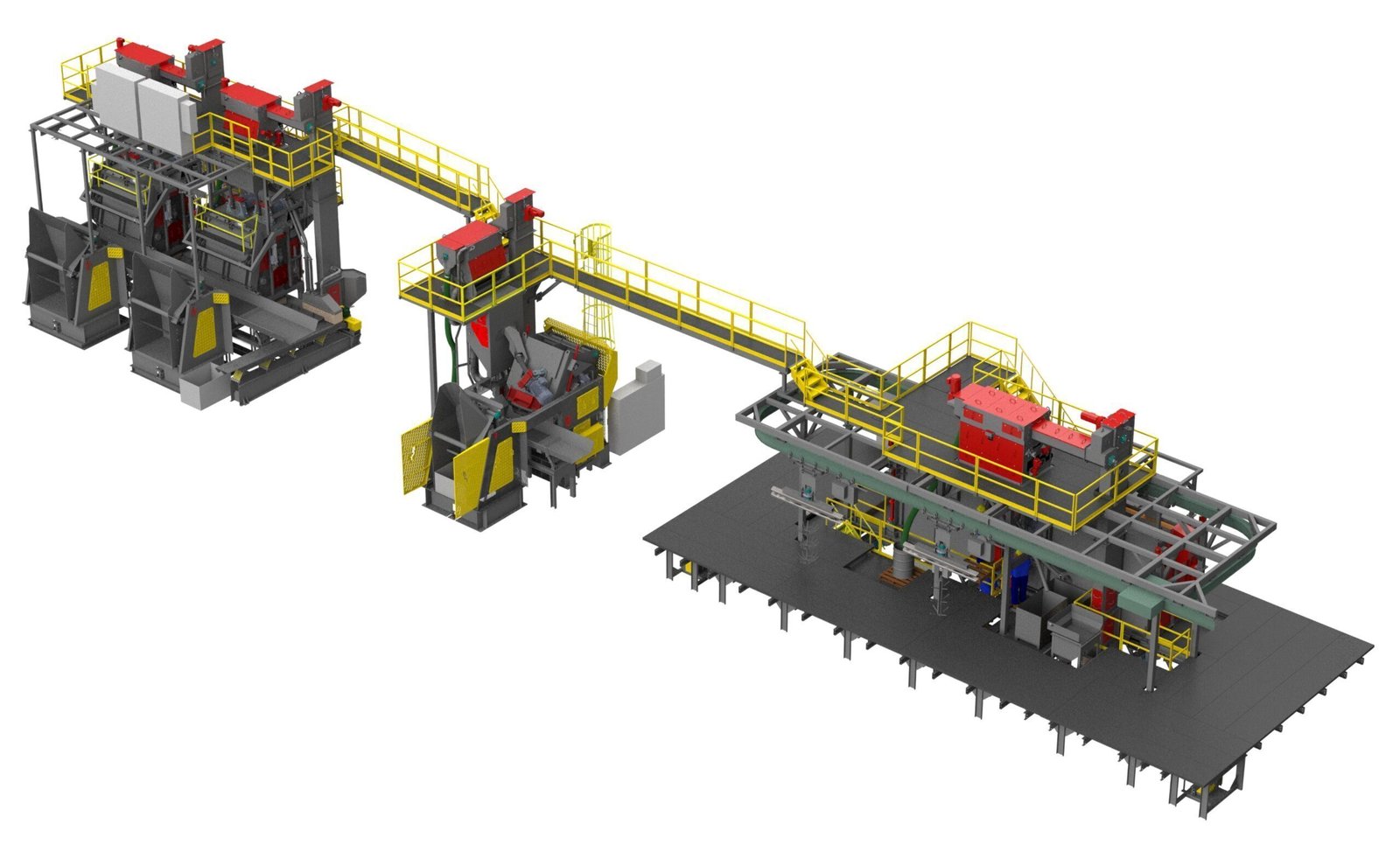
-
Key Performance Indicators (KPIs) for Mixing Effectiveness
- To assess mixing effectiveness, it's important to measure:
- Mixing Uniformity: Ensuring that the resin is evenly distributed in the sand.
- Resin Adhesion: Measuring how well the resin bonds with the sand.
- Final Product Quality: Testing the strength and consistency of the molds produced.
- Techniques like sample analysis and uniformity tests can help determine how well the mixer is performing.
-
Tracking Power Consumption
- Tracking energy consumption is essential for continuous optimization. Tools like energy meters and IoT-based monitoring systems allow manufacturers to measure power usage in real-time, identify inefficiencies, and make adjustments accordingly.
Section 7: Case Studies: Successful Balancing of Mixing Effectiveness and Power Consumption
-
Case Study 1: Foundry with Large-Scale Production
- A foundry optimized their resin sand mixer’s power consumption while maintaining high mixing quality for large-scale production. By implementing smart control systems and power-efficient motors, they reduced energy costs significantly without sacrificing product quality.
-
Case Study 2: Small Batch Production in Precision Casting
- In a small batch production scenario, a precision casting company faced challenges in balancing power consumption with mixing quality. Customizing the mixer to optimize mixing time and speed helped improve both efficiency and energy savings while ensuring consistent casting quality.
-
Case Study 3: Energy-Efficient Resin Sand Mixing for Automotive Parts
- An automotive parts manufacturer focused on energy efficiency without compromising precision. Automation and customized mixer configurations were key in meeting production needs while reducing energy consumption, leading to long-term savings.
Section 8: Evaluating and Selecting the Best Resin Sand Mixer for Your Needs
-
Factors to Consider When Selecting a Mixer
- When selecting a resin sand mixer, consider factors such as mixing performance, power consumption, and the ability to customize the mixer based on your production needs. Conducting energy audits and performance trials can help you evaluate potential mixers and identify the best solution for your production environment.
-
Supplier Selection and Customization
- Choose a

